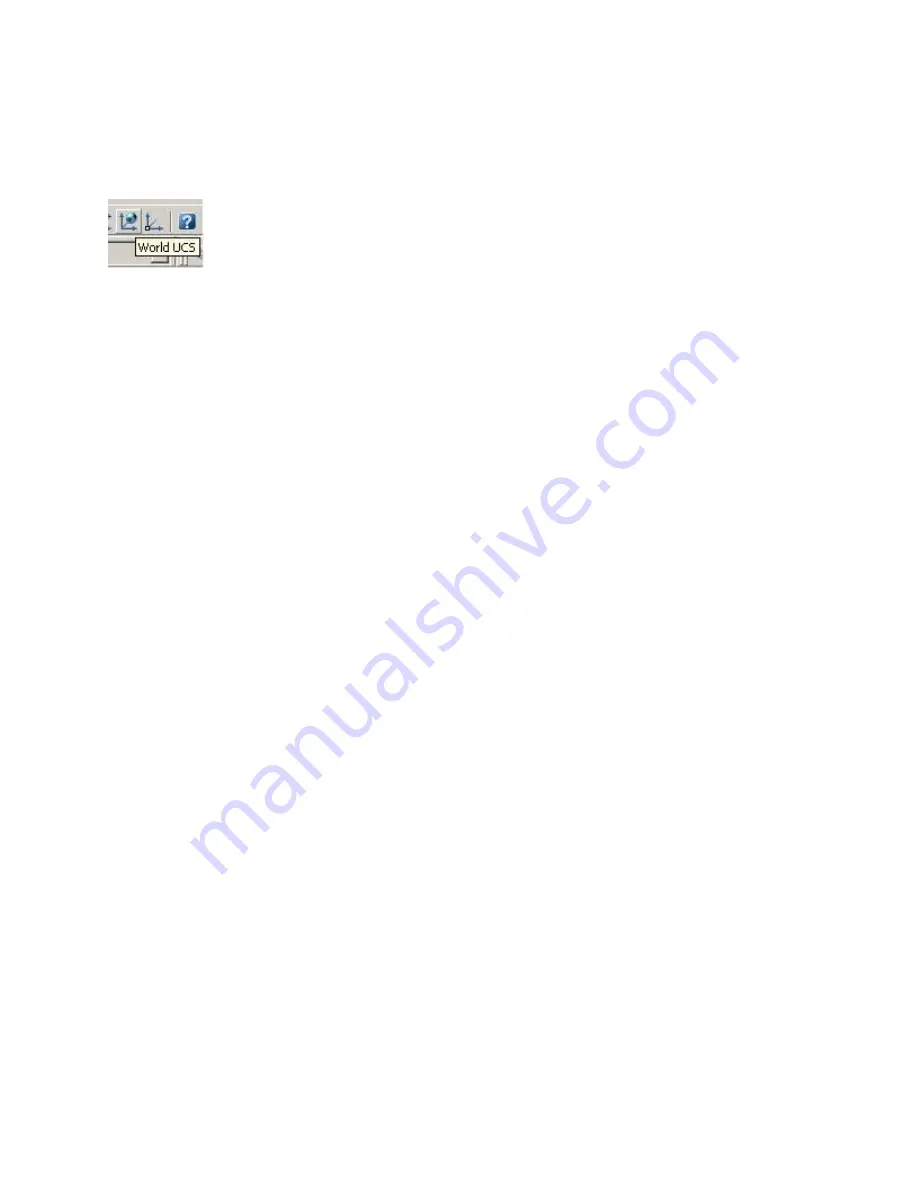
41
PANEL PRO
of paper. It is normally not needed for instrument or panel drawings, as they can be
scaled to fit the paper at print time.
Use the world coordinate system (WCS) not a user coordinate system
(ucs). A user coordinate system may be used to make intermediate
calculations by setting the 0,0 coordinate to a different location, however,
when the drawing is saved as a dxf file, it reverts to the world coordinate
system, and the 0,0 point may where you expected.
For this exercise we will assume an ATI shaped hole that we will cut out to 3.2"
wide 3.2" high that has a diagonal measurement of 3.92" and a distance between
mounting holes of 3.06". In addition, the 0,0 (insertion point) will be at the center of the
instrument. The insertion point could be at the lower left corner, however since different
instruments have different dimensions, it would be difficult to align a row of instruments
based on an edge.
Layers:
Many of the drawings were made back in the days of DOS based CAD systems. At that
time, only numbered layers were used. Layers separate out common items of interest.
AvCAM will cut the entities on any one selected layer. The entities that comprise the
cutout dimensions are on layer 2. Later versions of CAD allowed alpha layer names,
and the bezel entities are on the “bezel” layer. For panel mount radio cutouts there is a
trayOD layer, and the panel perimeter is the “outside” layer.
Do not use a layer named “block”!
When AvCAM sees the word block it assumes
that it should save the block definition. If you have a layer named block, the drawing
will not be useable for AvCAM. Also do not use a layer called text or line or any other
drawing entity name.
Colors:
Normally colors and line styles have no effect to AvCAM.
The default background in AutoCAD is white. Most of the drawings in our library were
made in EasyCAD with a dark background. This will display as black in AutoCAD,
however some of the other colors may appear strange as the colors don’t necessarily
map out the same between EasyCad and AutoCAD.
Draw an ATI3 instrument.
















































